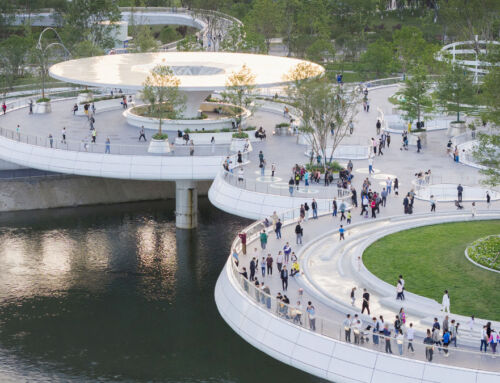In aerodynamics related to architecture and construction, the slender buildings that reach an appreciable real height are tall in relative terms of the thickness of the atmospheric boundary layer (or set of layers of the atmosphere whose velocity is altered by the building in question). The width of the boundary layer of these buildings varies between 600 and 1000 m, depending on the area under consideration. For buildings up to 60 m high, wind loads are applied in accordance with current regulations, whereas for tall buildings it is necessary to use scale models in wind tunnels.

The use of wind tunnels in architecture and construction for these tests is based on the so-called principle of similarity. This principle states that all geometrical details that are of aerodynamic importance must be reproduced in the scale model. In addition, the values of some characteristic dimensionless parameters have to be the same in the flow around the tested model as in the real building.

The dimensionless parameters refer to the Reynolds number, which establishes a relationship between the inertia forces and the friction forces, and to Jensen’s number, which defines the relationship between the characteristic length of the model and the rugosity length of the terrain. The scale models are used to determine the dimensionless coefficients that determine the pressure field corresponding to the velocity and turbulence profiles used in the tests.

In order to dampen the dynamic effects of wind in architecture and construction, one can act either structurally or from an aerodynamic point of view. In the first case, it is a matter of stiffening the structure. In the second case, it is a matter of acting on the geometry of the body, either by adding protrusions that alter the bi-dimensionality of the building, or by varying the cross-section of the building with height. In addition, vibration-dissipating devices can be used, such as concrete or lead masses tuned to the vibration of the structure.
By Alberto Lopez, Senior Structural Engineer in Amusement Logic’s Architecture Dept.






